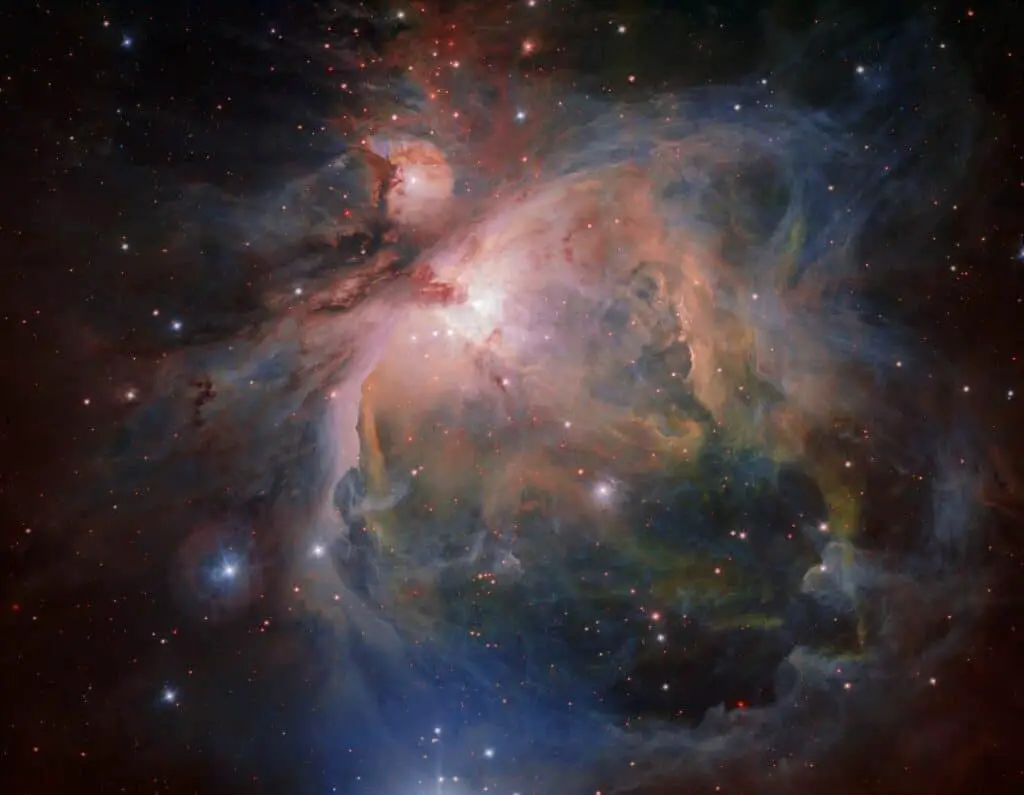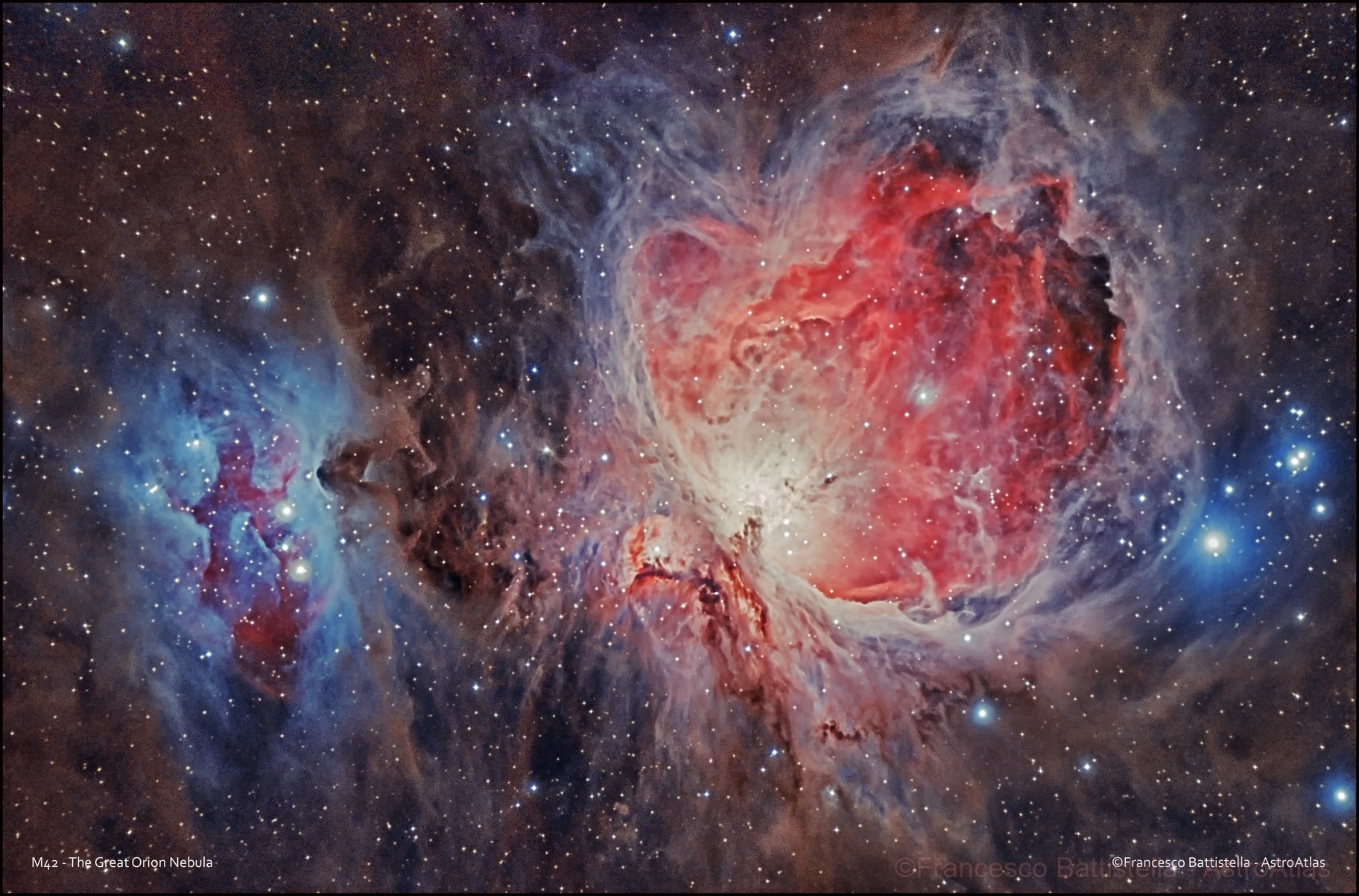Image: The Orion Nebula shines in this VLT Survey Telescope image. ESO/G. Beccari
A group of astronomers has just made an unexpected discovery within the constellation of Orion. “Checking out the data for the first time was one of those ‘Wow!’ moments that appear only once or twice in an astronomer’s lifetime.”
Experts have discovered, thanks to new observations from the European Southern Observatory (ESO) VLT scanning telescope, three different groups of young stars within the Orion nebula cluster. In fact, astronomers have discovered stars in three different ages.
The European Southern Observatory is considered the foremost intergovernmental astronomy organization in Europe and the world’s most productive astronomical observatory.
The new images provided by the European Southern Observatory’s VLT Survey Telescopegave experts an opportunity to measure the brightness and different colors of stars located in the Orion Nebula Cluster, courtesy of the telescope’s OmergaCAM—a massive wide field optical camera.
“Observing the data for the first time was one of those ‘Wow!’ moments that occur only once or twice in an astronomer’s lifetime” says ESO astronomer Giacomo Beccari. The incredible quality of the OmegaCAM images has shown without any doubt that we were observing three distinct populations of stars in the central parts of the constellation of Orion.”
Astronomers usually refer to it as M42, and it is exactly there, where stars are born. This makes the Orion constellation one of the most prominent star formations in the night sky. The three main stars of Orion as viewed from Earth are Rigel, Alnitak, and Mintaka.
Rigel, Orion’s brightest star is located a staggering 773 light-years away. Alnitak is found around 800 light years away from us and is believed to be 100,000 times more luminous than our Sun. Mintaka is the one located 915 light years away from us. It is 90,000 times more luminous than the Sun and is in fact a double star formation: the two orbit each other every 5.73 days.
Monika Petr-Gotzens, the co-author and also based at ESO Garching, continues, “This is a very important result. What we are observing is that the stars of a cluster at the start of their lives didn’t form collectively together. This may mean that our knowledge of how stars form in clusters needs to be modified.”
Astronomers also call Orion the Stellar nursery as it has many star forming areas. In this research, astronomers looked at the stars’ masses and ages.
The European Southern Observatory (ESO) writes: “It indicates that star formation might progress in bursts, where each burst happens on a much faster time-scale than we previously believed.”
Astronomers analyzed the possibility that instead of showing different ages, the different brightness and colors the spotted of the stars were due to hidden companion suns—which may be responsible for making stars appear brighter and redder than they actually are.
However, if this is proven to be accurate, it would dictate quite unusual properties of the stars, something that has never before been observed.
Experts indicate how they’ve found that based on rotation speeds and spectra, the stars must have different ages.
“Although we cannot yet officially disprove the possibility that these stars are binary stars, it seems much more natural to believe that what we are observing are three generations of stars that formed in succession, within less than three million years,” concludes Beccari.
Beccari and her colleagues published a study on the findings in the August issue of Astronomy & Astrophysics, titled “A tale of three cities: OmegaCAM discovers multiple sequences in the color magnitude diagram of the Orion Nebula Cluster.”


